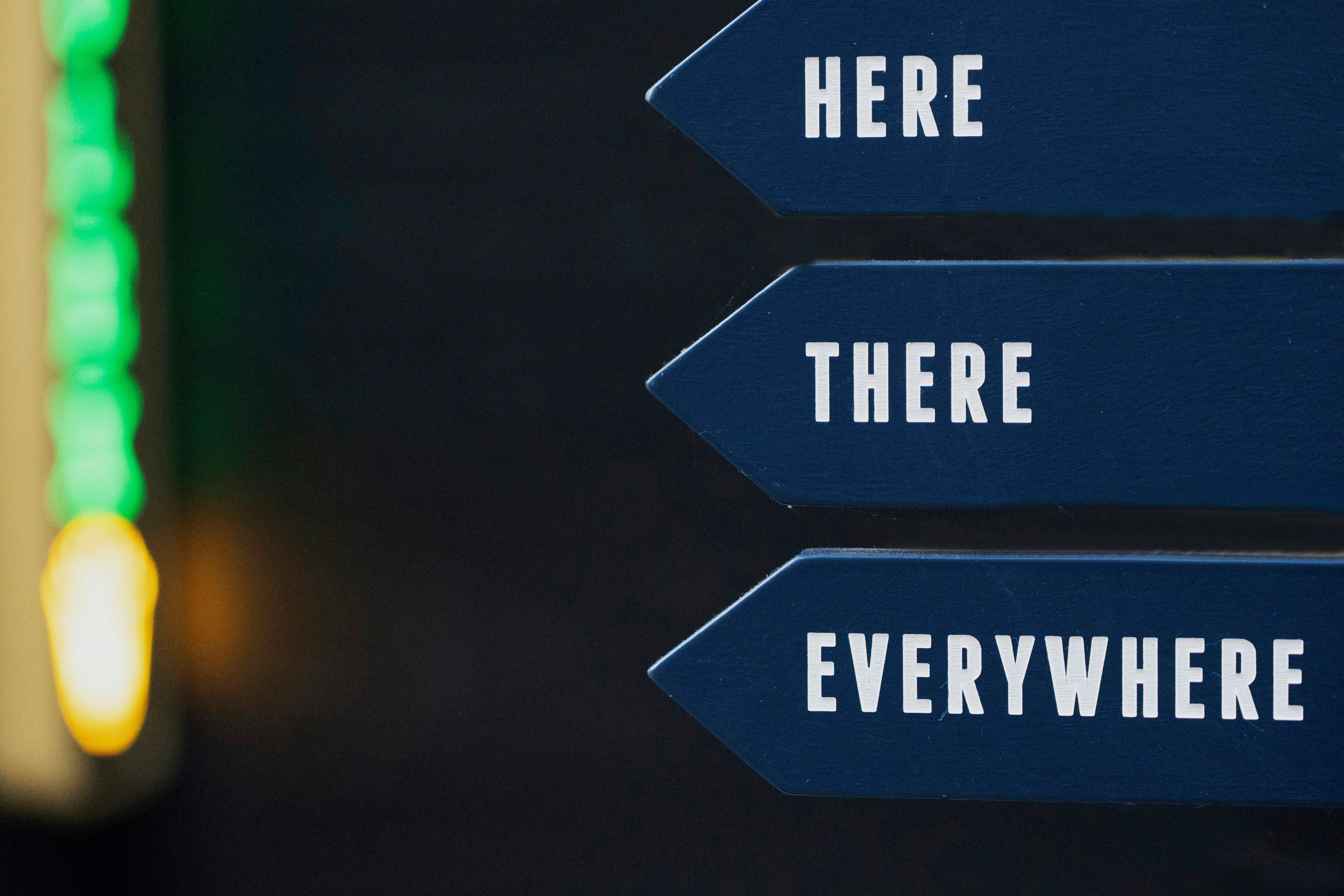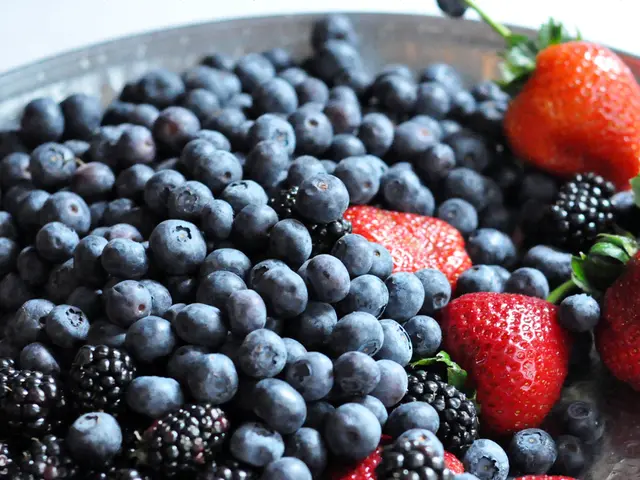Unseen culprits elevating blood pressure levels:
Managing your sodium intake is key to maintaining a healthy blood pressure and heart function. Here's a guide to identifying and cutting back on hidden sources of sodium in your diet.
The U.S. Department of Agriculture advises adults to limit their daily sodium consumption to less than 2,300 milligrams, equivalent to one teaspoon. Nevertheless, most Americans take in more than this recommended amount. Surprisingly, significant amounts of sodium can be found in places you may not suspect.
Hidden Sources of Sodium
- Restaurant Food: Research indicates that most of the sodium in our diets comes from restaurant and packaged foods. When dining out, opt for low-sodium menu options.
- Frozen Meals: These convenient options often contain high levels of sodium. Choose meals with 600 milligrams of sodium or less.
- Salty Snacks: A serving of plain potato chips can contain anywhere from 50 to 200 milligrams of sodium. Instead, try unsalted nuts, seeds, or pretzels, or fresh carrot or celery sticks for a satisfying crunch.
- Pickled Foods and Their Juices: Limit your intake of sauerkraut, kimchi, and pickles, especially if you have hypertension. Three ounces of pickle juice can have approximately 900 milligrams of sodium. Opt for marinades made from vinegar, pineapple juice, or citrus fruits like lemons, limes, and oranges.
- Bread: One slice of white bread can contain between 80 and 230 milligrams of sodium. Choose whole grain bread or limit your consumption.
- Soup: Make your own soup to control the sodium content. Even "low-sodium" versions of canned soups can contain as much as 700 milligrams per serving.
- Tomato Juice and Sauces: Three-quarters of a cup of canned tomato juice can pack 660 milligrams of sodium. Look for low-sodium versions.
- Processed Meat: Deli meats like ham, turkey, pastrami, and corned beef, as well as hot dogs, bacon, and sausage, are high in sodium. Opt for fish, chicken, and lean cuts of meat.
- Pizza: Both frozen and restaurant-purchased pizza can be high in sodium. Consider trading your stuffed crust for a thin crust and opting for veggies instead of sausage and meat.
- Cheese: Swiss cheese, goat cheese, and fresh mozzarella are lower in sodium. Processed and hard cheeses, such as American cheese, are high in sodium. Cottage cheese also contains a significant amount of sodium.
- Condiments: Ketchup, soy sauce, and salad dressings are all high in sodium. Shop for low-sodium substitutes or use lemon juice and vinegar for added flavor.
In addition to these tips, read nutrition labels carefully, prepare your own food, limit packaged sauces and convenience foods, and rinse canned foods like beans, tuna, and vegetables before eating to remove some of the sodium.
By taking these steps, you can effectively manage your hidden sodium intake and contribute to a healthier lifestyle.
[Included for reference: Relevant information on sodium from Web MD and the U.S. Food & Drug Administration (FDA)]
- Excessive sodium intake is linked with chronic diseases such as cardiovascular health issues and often comes from unexpected sources like restaurant food.
- Nutrition science suggests that adults should strive to consume less than 2,300 milligrams of sodium daily, yet most people exceed this amount.
- Medical-conditions like hypertension can be aggravated by high sodium intake from pickled foods and their juices, therefore, moderation is key.
- Weight-management plans often overlook the importance of sodium control, but maintaining a balanced intake supports overall health and wellness, as well as fitness and exercise routines.







